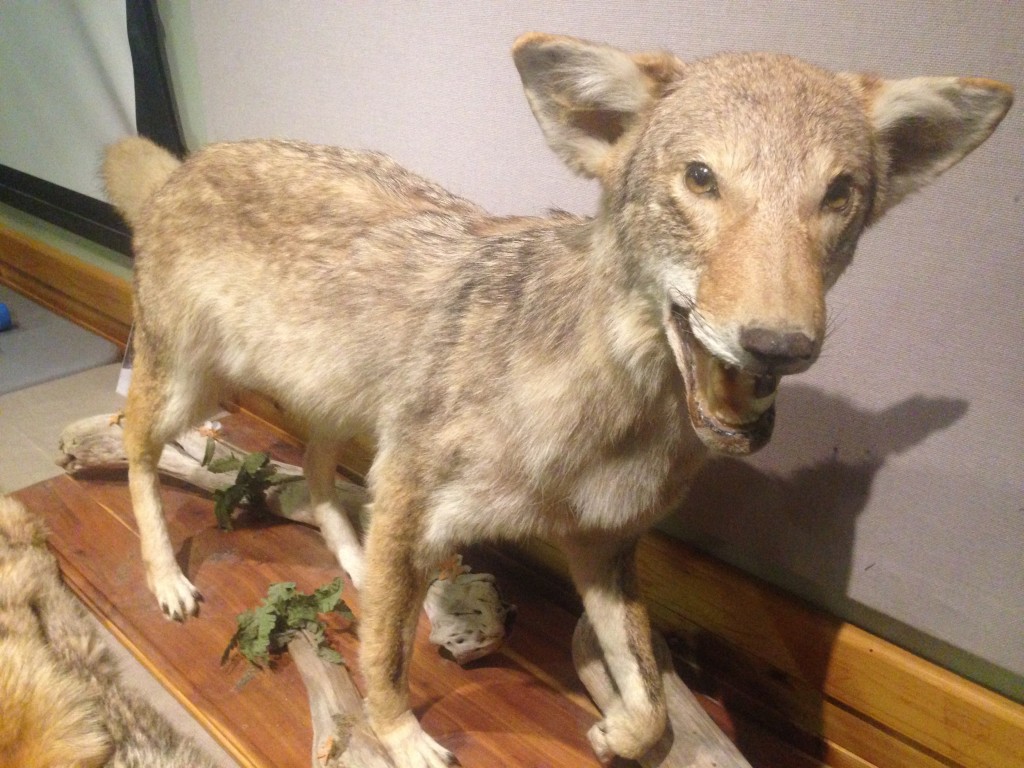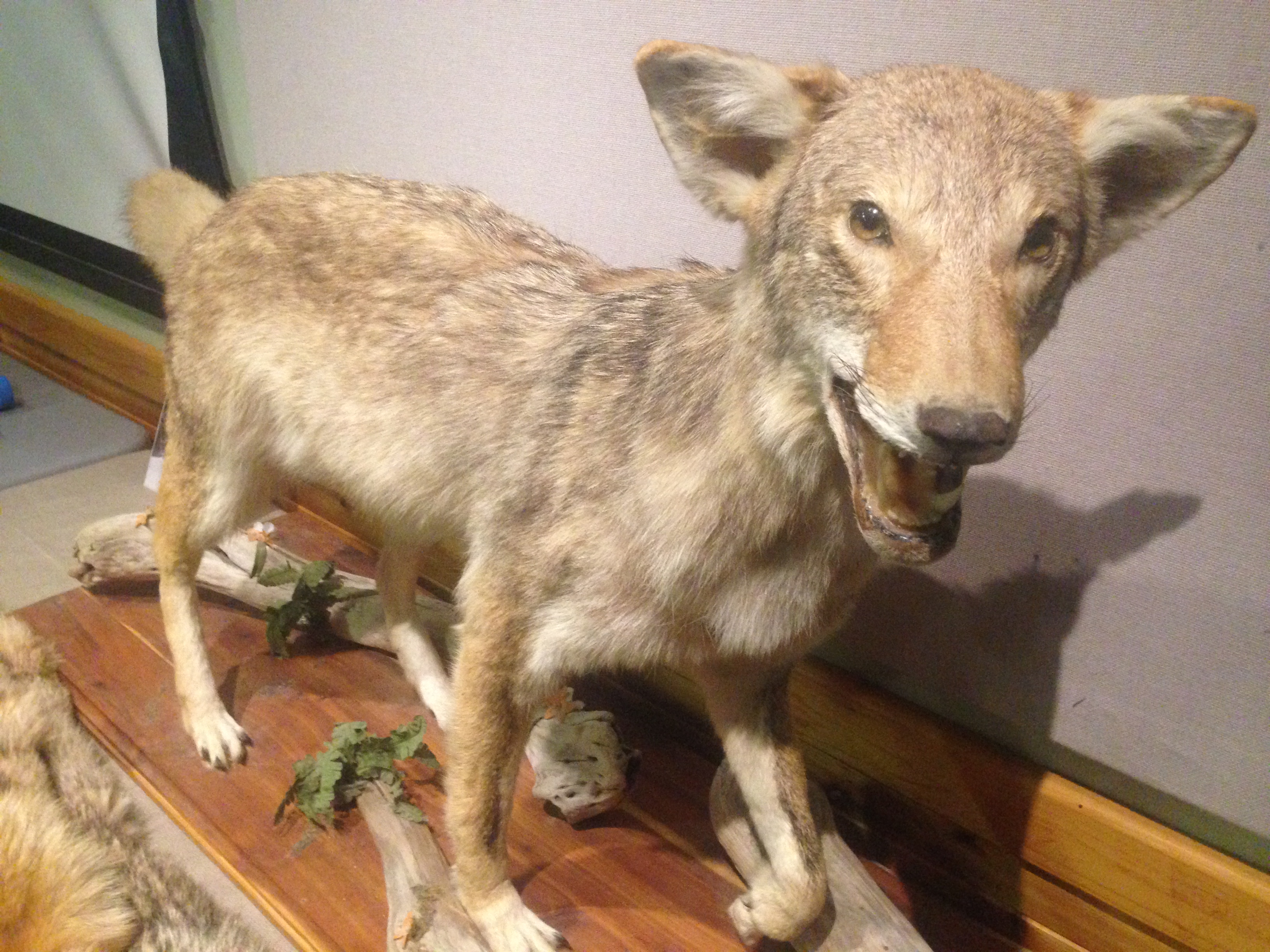
By Adam Aasen
Nearly every winter, Hamilton Co. residents start talking about dangerous coyotes roaming the suburbs.
To deal with this topic head-on, Hamilton Co. Parks and the Indiana Division of Fish and Wildlife gave a presentation on these wild canines to a packed room of more than 100 people on Dec. 2.
COYOTE BASICS
Shawn Rossler, fur bearer biologist with the Indiana Department of Natural Resources, spoke about all of different animals that can be found in the area, many of which could be mistaken for coyotes. Red foxes and gray foxes are smaller than coyotes and do live in the area. Gray wolves are not found in Indiana, but Rossler said they often get calls.
“There can be confusion about the general size of an animal,” he said. “When you actually compare a wolf and a coyote it’s pretty amazing.”
Coyotes generally weigh 20 to 35 pounds with a length of four to five feet with a tail that’s a foot and a half. They have 42 teeth and their fur is tawny gray with black-tipped hairs. They might resemble certain domestic dog breeds, but coyotes will have more pointed features, such as their ears and muzzle.
Breeding season is in January and February and that’s when authorities receive the most reports of coyote attacks.
Rossler said the existence of a coyote shouldn’t itself be a concern.
“Just because you see a coyote, doesn’t mean there is a conflict,” he said. “I understand it’s a concern, but we’ve had coyotes in Indiana for a long time. It might have already have been living near you with no problem.”
HOW TO DEAL WITH THEM
If you want to rid your neighborhood of coyotes, the best method might be to hire a licensed Indiana nuisance wildlife control officer, such as Tim Julien, who works in that field.
Julien said the only coyotes he really deals with are those that have “lost that fear of humans” because they’ve been fed by people.
In Indiana, it is legal to hunt coyotes, but it’s illegal to discharge a firearm within city limits, which means that trapping is the best method.
Experts recommend the best way is to use a “soft trap” with rubber sides that won’t injure an animal. There are also wire traps and snares that will only trap canines – not cats – and will allow a trapped animal to breathe until someone can safely set it free or euthanize it.
Julien said he has camera on his traps and he checks them every 12 hours.
If you do see a coyote in your yard, Rossler said the best thing to do isn’t to run away or grab a weapon. You should make lots of loud noises to scare the animal away.
Tips for Prevention:
- Feed pets indoors whenever possible
- Position bird feeders in a way to not attract small animals
- Secure garbage container
- Don’t allow pets to run free
- Install motion sensor lights
- If you do see a coyote, yell or bang on something to create negative reinforcement so the coyote doesn’t want to come back.
How to identify:
Droppings
Rope-like scat with bone or hair in it and poorly digested food such as nuts and berries.
Tracks
About 2.75 inches long with four toe paths with nail marks. Coyote tracks are more oval than a domestic dog track. Dogs might wander, but coyotes walk in a straight line and don’t explore or play.
Visual sighting
Coyotes are typically 20 to 35 pounds and measure 40 to 50 inches in length with pointed ears and muzzle. They have comparatively long legs and tawny gray fur with black-tipped hairs.
Breeding:
- Breeding season is January to early February
- Breeding increases the defense of a territory
- About 1 to 12 pups are born and raised in a den
- Dens are usually found in a bank or hillside and the parents will bring food back to the pups in the den and regurgitate it to the young coyotes
- Breeding season often results in an increase in urban coyote conflicts with domestic pets



